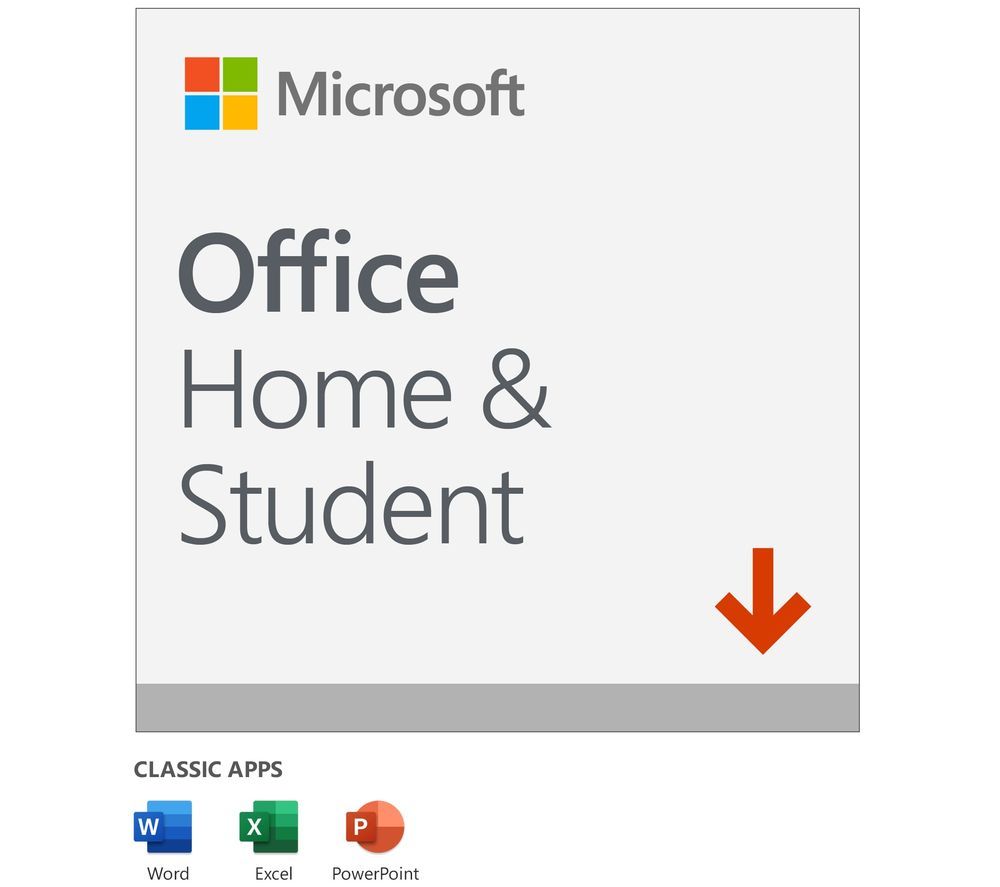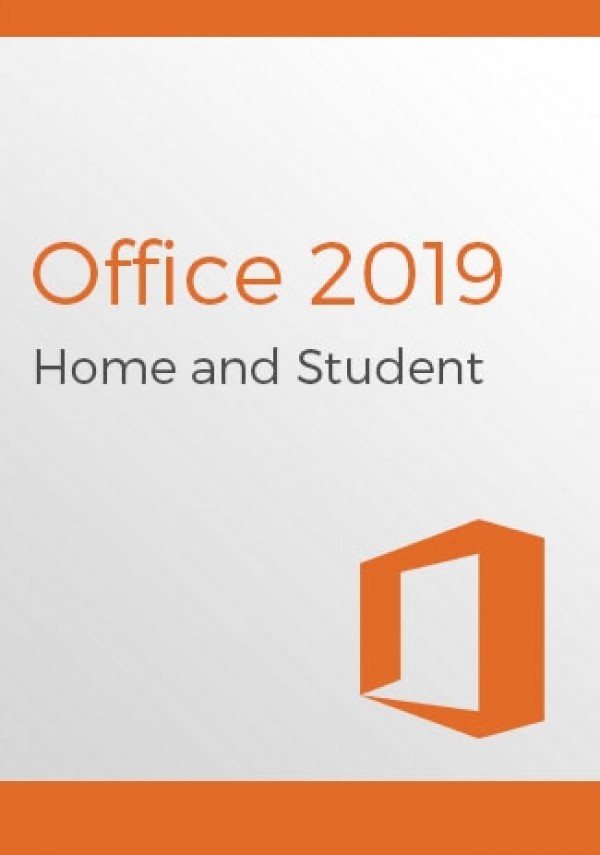



"In a perfect world, as far as Microsoft is concerned, all we'd have would be Office 365," said Wes Miller, an analyst with Directions on Microsoft, in a July interview. Microsoft's price increases were seen as a way to push more customers from perpetual licenses to the rental-like model of Office 365. The last time Microsoft raised Office perpetual license prices was in 2010, with the debut of Office 2010. Only for Windows 10 - there is no macOS analogue - and installable on just one PC, it includes commercial rights. It includes Word, Excel, PowerPoint, OneNote, Outlook, Publisher (desktop layout and publishing) and Access (database). Office 2019 Professional At a list price of $439.99, this top-of-the-line retail SKU (stock-keeping unit) is 10% higher than the 2016 predecessor. This license does allow for commercial use. The suite comes in versions for either Windows 10 or macOS and can be installed on only one PC or Mac. It includes Word, Excel, PowerPoint, OneNote and Outlook - Microsoft's email client. Office 2019 Home & Business The $249.99 list price is 9% higher than the same bundle for Office 2016. The applications do not come with commercial rights, which means they are not licensed for use for work purposes, including at-home work. It includes Word, Excel, PowerPoint and OneNote, comes in versions for either Windows 10 or macOS, and can be installed on only one PC or Mac. Office 2019 Home & Student With a list price of $149.99, this lowest-end retail suite did not change price. Office 2019 comes in three retail editions, which can be purchased from online and brick-and-mortar stores. Microsoft sells subscriptions to its application software under the Office 365 label. If payments cease, the software will eventually stop working or switch to a feature-restricted mode. Under that model, customers pay monthly or annual fees to run the software. The alternative to a perpetual license is a subscription.


 0 kommentar(er)
0 kommentar(er)
